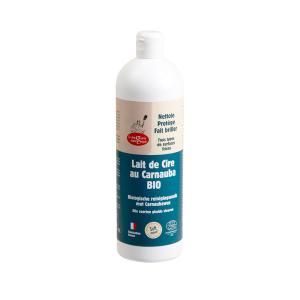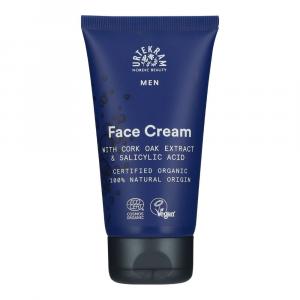Cork tree (Phellodendron amurense)
Other names: Huang bai, Barchat amurskyj, Amur cork tree, Siberian cork tree
Harm score: 1 (Natural substances)
The Amur cork tree (Phellodendron amurense), also known by other names such as Huang bai, Barchat amurskyj, Amur cork tree or Siberian cork tree, is a tree species native to East Asia, specifically the Amur region, Manchuria and Korea. In its native region, it is widely used in both folk medicine and industry. It grows to a height of 12 to 15 metres and is characterised by its unusual cork-like bark, hence its name. It also has a beautiful autumnal leaf colouration.
The industrial use of the Amur cork tree is mainly in the manufacture of furniture, tiles and cork products, as the wood of this tree is very hard and resistant to mechanical stress. Because of its appearance and durability, it is often used in landscape architecture and as an ornamental tree. In the pharmaceutical industry, an alkaloid-rich extract is extracted from the bark of the tree and used as part of herbal mixtures in traditional Chinese medicine. It is credited with anti-inflammatory and antibacterial effects. However, it is important to note that some people may have an allergic reaction to Amur cork. Therefore, its use in medicine should always be consulted with a specialist.
Cork tree (Phellodendron amurense) can be found in the following products

La Droguerie Ecologique by Carnauba Wax BIO (1 l)
Product detail
Skin cream MEN 75 ml BIO
Product detail
Universal cleaner (1 l) - with orange oil
Product detail
Floor cleaner 500 ml
Product detail
Magnolia Black
Product detail